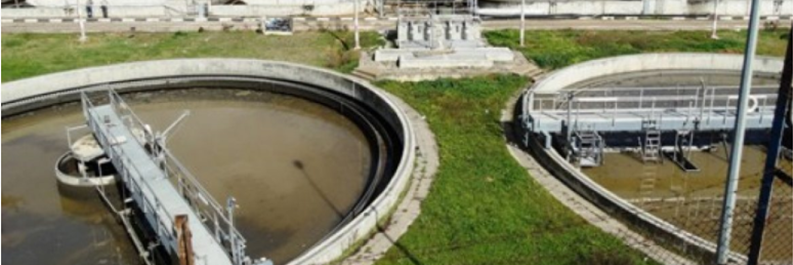Home > APPLICATIONS >
Wastewater Treatment

Wastewater Treatment
Wastewater treatment system is usually necessary to ensure that safety precautions and discharge regulations are met or in addition to enable the reuse of the treated effluent.
A wastewater treatment system is a system made up of several individual technologies that address your specific wastewater treatment needs.
An efficient and well-designed wastewater treatment system should be able to handle:
process variations in contamination and flow
variations in water chemistry needs and required chemical volumes adjustments
possible changes in water effluent requirements
A basic wastewater treatment system typically includes some type of:
clarifier to settle suspended solids that are present as a result of treatment
chemical feed to help facilitate the precipitation, flocculation, or coagulation of any metals and suspended solids
filtration to remove all the leftover trace amounts of suspended solids (again, the level of filtration needed will depend on the degree of suspended solids removal required to pass local discharge regulations)
Final pH adjustment and any post treatment
control panel (depending on the level of automated operation needed)
A wastewater treatment system might be made up of the technologies necessary to remove any number of the following:
Biochemical oxygen demand, nitrates and phosphates, pathogens, total suspended solids, metals, total dissolved solids and more.
A typical wastewater treatment facility process will usually include the following steps:
Coagulation, flocculation, sedimentation, filtration, disinfection.
Yamit filters are utilized in the suspended particles filtration stage of the process.
This step is usually running the water overflow into gravity or pressurized sand filters and quite often through mechanical automatically backwashed screen filters. The feed water is passed through the media and trap the particles according to the size of the media or screen passages.





